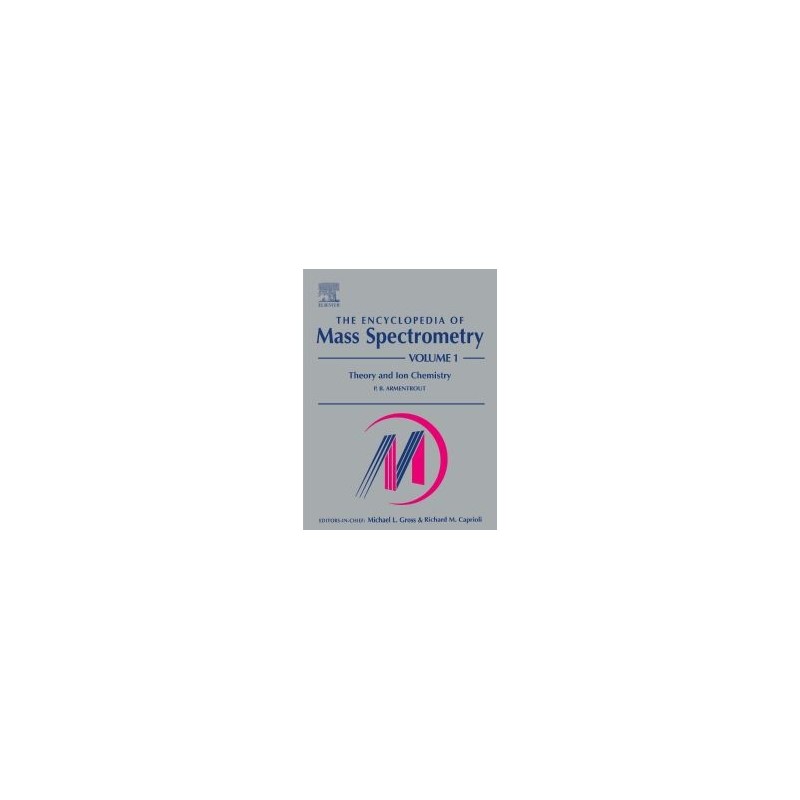- Out-of-Stock



Volume 1: Theory and Ion Chemistry
Volume 1 begins with two theory chapters. The first discusses theoretical aspects of ion collisions, chemistry, and dynamics, and the second introduces ab initio calculations of ions. The latter has become a very indispensable tool in ion chemistry studies today.
Instrumentation is essential in fundamental investigations. Chapter 3 introduces instrumentation, with an emphasis on unusual instrumentation, generally not commercially available. Ion traps, ion cyclotron resonance mass spectrometers, and time-of-flight instruments, which are also important in both fundamental studies.
Chapter 4 discusses myriad means spectroscopic experiments on ions. In the next chapter, various methods of measuring thermodynamic information about ions and evaluated. Collisional activation and dissociation processes, in various incarnations, are in Chapter 6. Mobility experiments.
8. Chapters 9 and 10 introduce the chemistry of organic ions, positive and negative, respectively. The last three chapters (Chapter 11-13) are expositions of ion chemistry of clusters and solvation phenomena, inorganic chemistry, and the expanding area of biochemistry.
No product available!
PCB with programmed system for slow brightener for 12V LED strips. AVT1975 A +
No product available!
No product available!
No product available!
The module enables wireless communication using Bluetooth\'s Low Energy version 4.0. or Bluetooth BR / EDR, it has a built-in BM77SPPS3MC2 chip with a UART interface. MOD-62
No product available!
No product available!
No product available!
No product available!
Miniature camera module with OV5647 5MP sensor dedicated to Raspberry Pi Zero and Compute Module. Equipped with a lens with a viewing angle of 120°, no IR filter. ArduCAM B006604N
No product available!
OS Preinstalled Flash Memory with Android
No product available!
SUPERLUMISING MODULAR ILLUMINATOR 3x3LED WHITE COLD 20mA - KIT FOR INDEPENDENT INSTALLATION
No product available!
No product available!
No product available!
Permanent cylindrical neodymium magnet with a diameter of 2 mm and a height of 1 mm.
No product available!
No product available!

